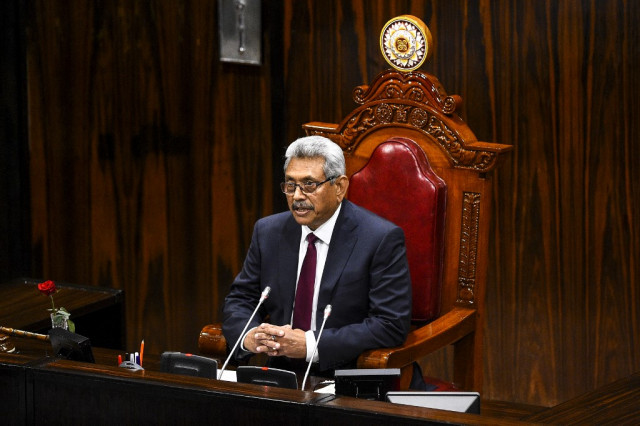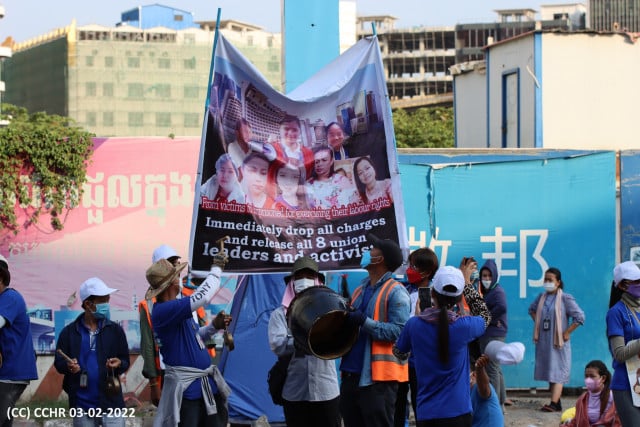Siem Reap: A Popular Road Named after the First Conservator of Angkor
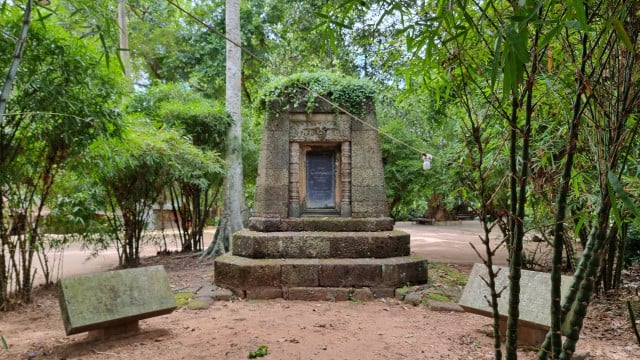
- By Isa Rohany
- September 10, 2023 3:00 PM
Siem Reap — In Cambodia, streets of different sizes and functions, in addition to having designated numbers, are named after monarchs or other famous individuals who have had connections with the country in various ways.
For example, in Siem Reap city, a 5-kilometre road on the southern side of the temple of Angkor Wat bears the name of French President Charles de Gaulle who visited Angkor in 1966.
Not too far away, a road cutting through villages and rice paddies is named after another Frenchman who spent nearly 20 years in Cambodia and spent many of those years working at Angkor when the best way to go from Phnom Penh to Siem Reap was by boat.
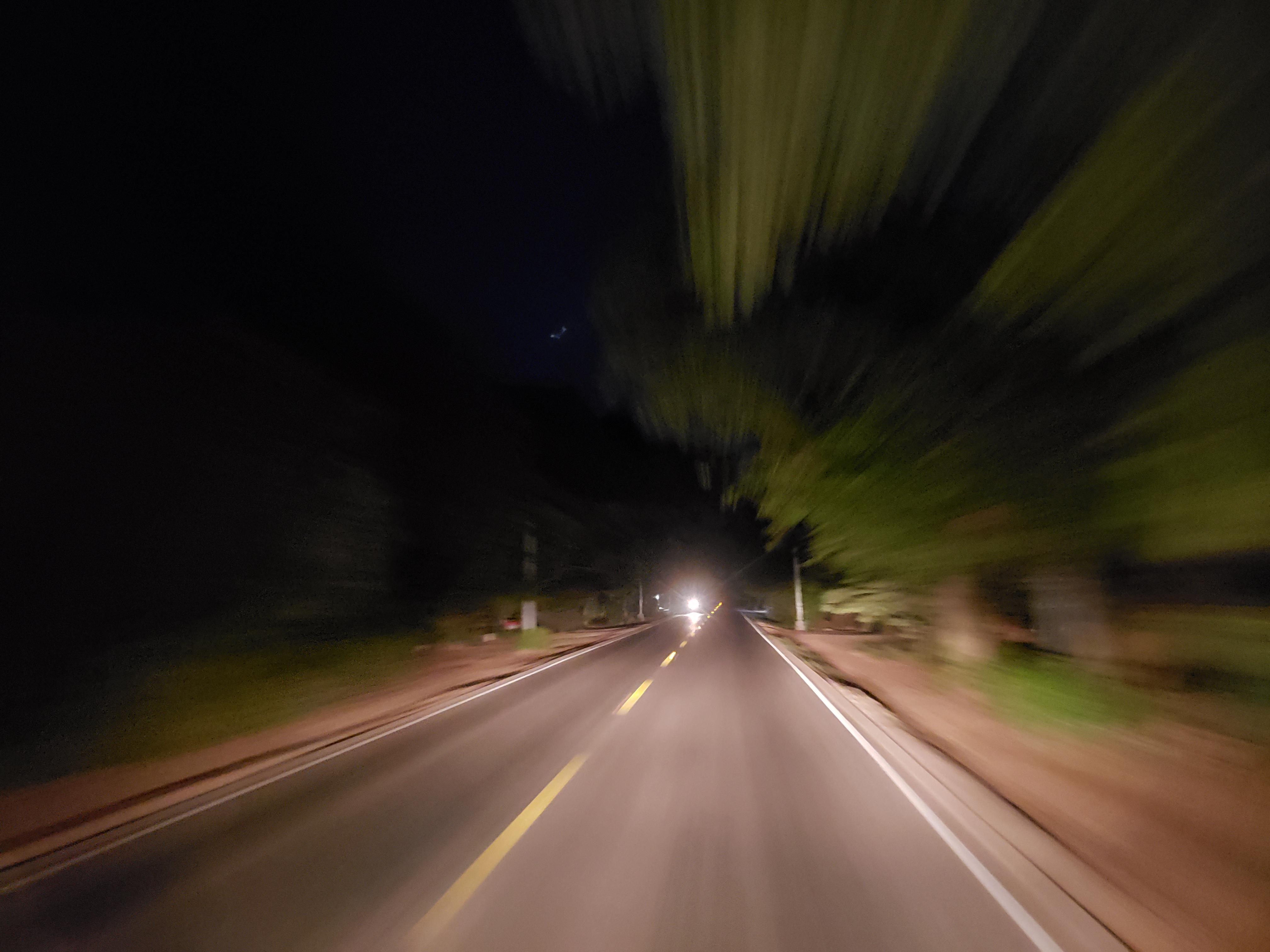
His name was Jean Nacisse Commaille. A military officer as well as an artist, he had come to Cambodia in the 1890s where he had first worked in different capacities for the French Protectorate.
In 1900, the École française d'Extrême-Orient (EFEO) was set up, and immediately focused on studying and restoring historical monuments in the country and especially Angkor temples. After working for the EFEO on several projects, Commaille in 1907 became Angkor’s first conservator and, soon after, began restoration work at Angkor Wat and the Bayon temple.
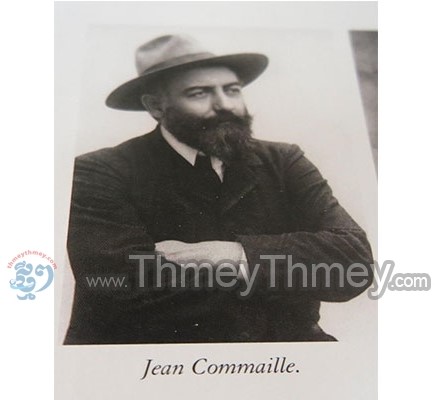
According to Im Sokrithy, an archaeologist with the APSARA National Authority—Cambodia’s government organization managing the Angkor Archeological Park—Commaille, who spoke Khmer, brought in Cambodian people from the area to start clearing bushes and moving temple stones, which are typical steps when restoring temples.
Living in a hut on stilts in poor condition near the Angkor Wat temple, Commaille kept being promised funds to improve it by the French authorities. But, according to journalist Jean Nacisse Commaille, since they never came, the situation was such that his wife went back to France.
On April 29, 1916, Commaille was attacked and robbed on a road as he was carrying his workers’ wages. He would die at home the following day. Three of his assailants were arrested, tried in Phnom Penh, condemned to death, and executed. It was said that the Cambodians who had worked with Commaille at the temples mourned him according to Khmer tradition for some time after his death.
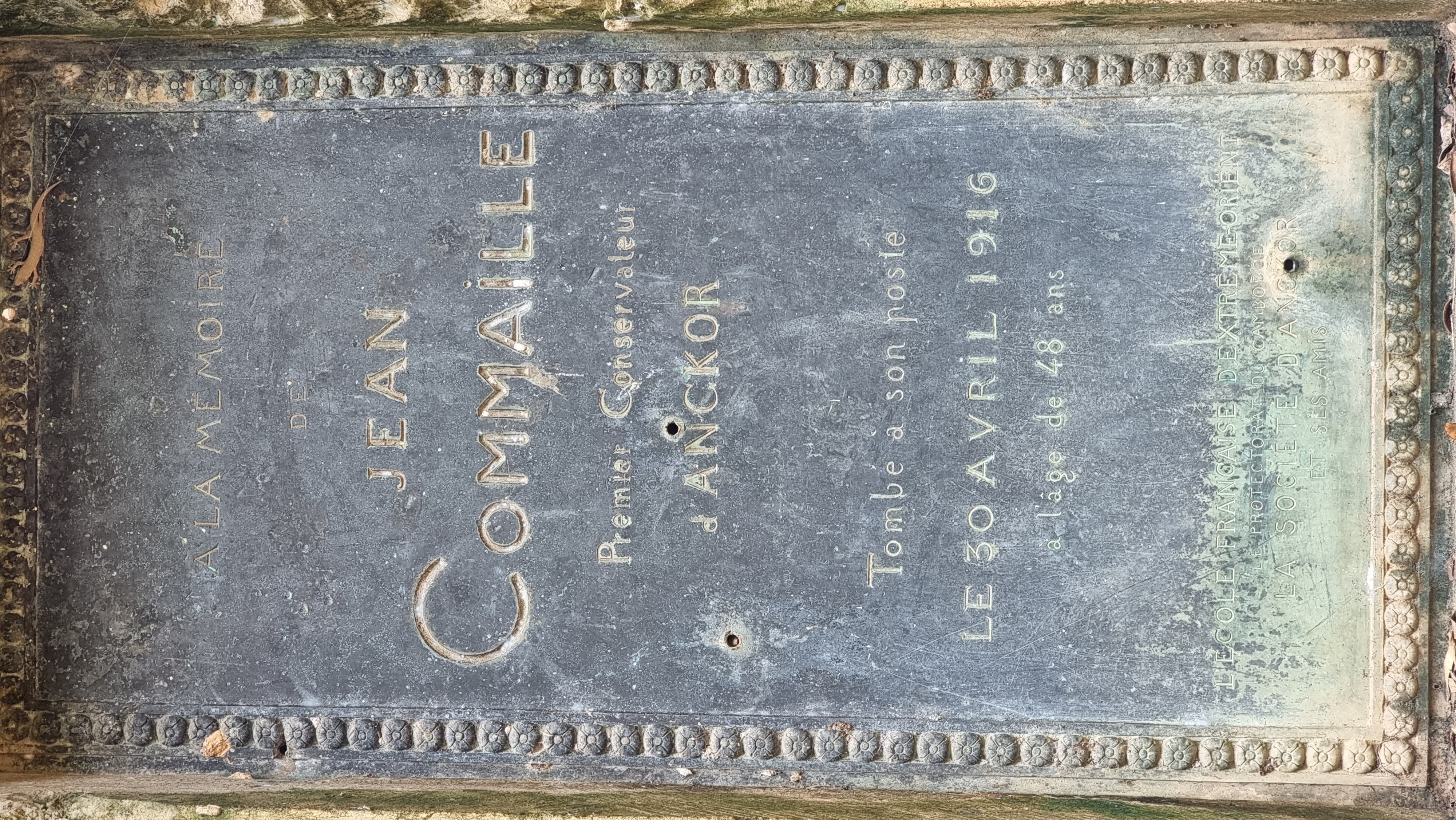
After the burial ceremony at Angkor, Commaille’s remains were taken back to France. To keep his memory alive, a stupa done in a temple design with a sculpted lintel and door frames was built on the southwestern side of the Bayon temple.
Later on, a road was built connecting the city of Siem Reap to Angkor Wat, which Cambodians in the area called the “Commaille Road.” As Im Sokrithy explained, one cannot say exactly when the road was built.
After his passing, Jean Commaille’s house near Angkor Wat was removed, and all the fragments of statues, stone inscriptions and so on found on restoration sites and that he had kept to be studied were moved from his house to what is today the office of La Conservation d'Angkor in Siem Reap City.
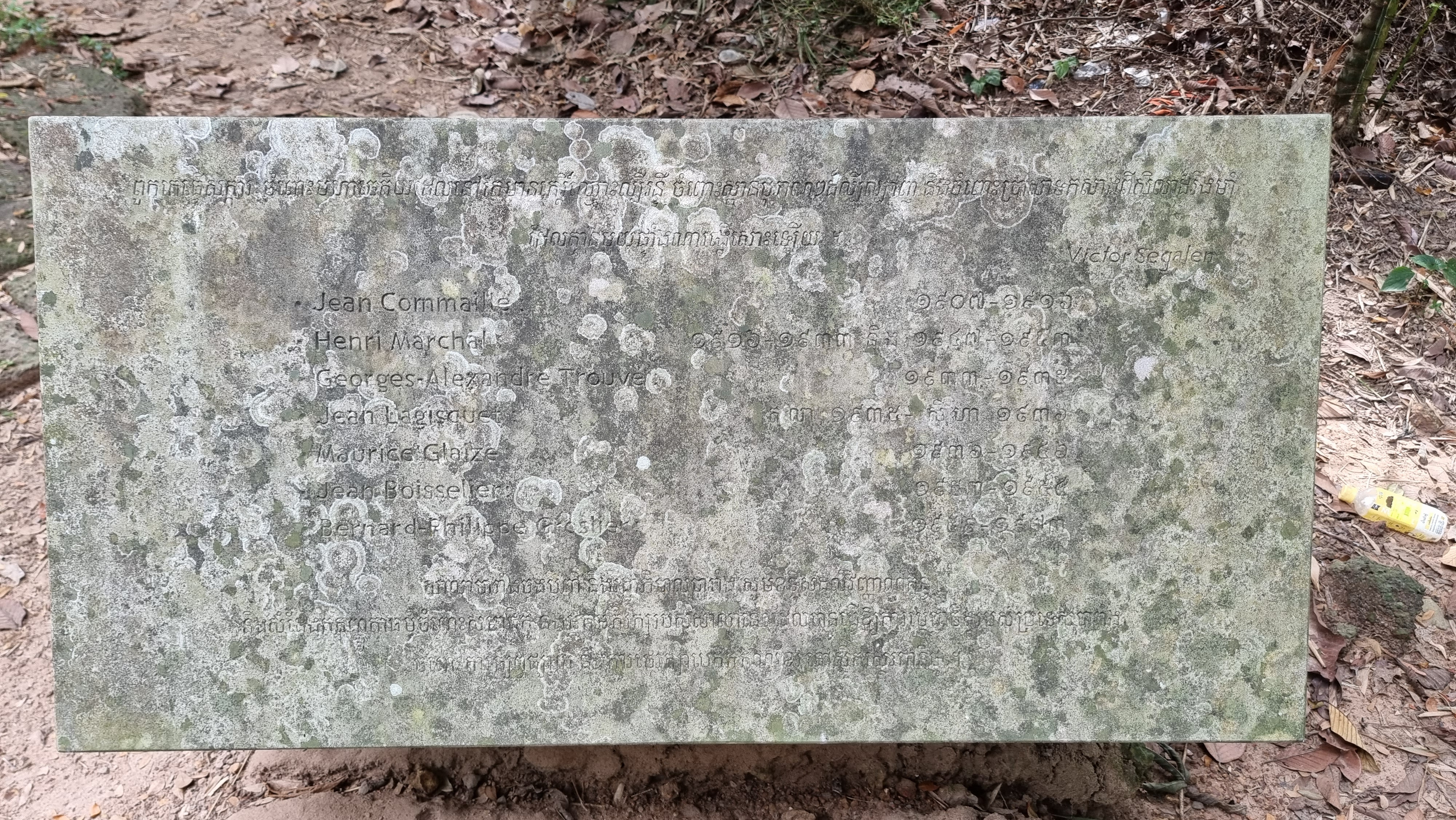
Tourists can still visit the stupa built in the memory of Commaille. Located along the road that goes around the Bayon temple, the monument today is among Buddhist monasteries and monk residences, bordered by a simple garden and stone decoration. Two stone plaques, one written in Khmer and the other in French, on which are written the names of major conservators or Angkor, have been put in front of the stupa.
Written in Khmer for ThmeyThmey News, the article was translated by Ky Chamna for Cambodianess News.







